I never really understood the appeal of skateboarding. It always looked so difficult and dangerous. But when I was in my early twenties, I decided to give it a try.
And you know what? I loved it! It was so much fun cruising around on my board, doing tricks and feeling the wind in my hair.
Whether you’re a beginner or have been riding for years, skateboarding is a great way to get around. It’s also a lot of fun! If you’re thinking about giving it a try,
here are a few things to keep in mind:
1. Choose the right board. There are different types of boards for different riding styles. If you’re just starting out, it’s best to choose a basic all-around board.
Once you know what kind of skating you like to do, you can look into more specialized boards.
2. Get the right gear. In addition to a board, you’ll need a helmet, knee and elbow pads, and gloves.
Wearing the proper safety gear will help protect you in case of falls.
3. Learn the basics. Before you start cruising around, take some time to learn how to ride safely.
That means understanding how to stop, turn, and avoid obstacles. Once you feel confident with these basic skills, you can start exploring your neighborhood—or the world!
How to Get Better at Riding a Skateboard
Riding a skateboard is a great way to get around, have fun, and stay active. However, like with any new activity, it takes some time and practice to get good at it. Here are a few tips on how to improve your skating skills:
1. Start by learning the basics. If you’re brand new to skating, start by learning the basic stance, how to push off and stop, and turning. Once you’ve mastered these basics, you’ll be able to move on to more advanced tricks.
2. Practice regularly. The more you skate, the better you’ll become at it. So make sure to carve out some time each week to practice your skills.
3. Watch other skateboarders. Not only is this a great way to get some inspiration for new tricks to try, but you can also learn a lot just by watching how experienced skaters execute their moves.
4. Get comfortable falling down. Skateboarding isn’t always easy, and you will fall down from time to time – that’s just part of the sport! But the more comfortable you are with falling, the less afraid you’ll be when trying new things or pushing your boundaries. Plus, once you realize that falling isn’t so bad, it will take away one of skating’s biggest barriers – fear.
How to Ride a Skateboard for Beginners
Have you ever seen someone skating down the street and thought to yourself, “I wish I could do that?” Well, with a little practice, you can! Skateboarding is a great way to get around town, or just have some fun.
Here are some tips on how to ride a skateboard for beginners. First, you need to find a good spot to skate. Look for smooth pavement and an area with few obstacles.
Once you’ve found your spot, it’s time to start skating! Put your front foot on the board in the middle, and your back foot about two feet behind it. Then simply push off with your back foot and glide forward.
To turn, lean your body in the direction you want to go. For example, if you want to turn left, shift your weight onto your left foot and push off with your right foot. Practice going back and forth until you get comfortable with turning.
To stop, just slow down and then step off of the board. That’s all there is to it! With a little practice, anyone can learn how to ride a skateboard.
So what are you waiting for? Get out there and give it a try!
How to Stop on a Skateboard
It’s no secret that stopping on a skateboard can be tricky. Perhaps you’ve been skating for a while and can cruise around quite well, but when it comes to coming to a complete stop, you just can’t seem to do it. Or maybe you’re a beginner who is having trouble even getting started.
Either way, don’t worry – we’re here to help! In this blog post, we’ll give you some tips and tricks on how to stop on a skateboard. If you’re having trouble stopping, the first thing you should check is your foot placement.
When stopping, you want to make sure that your back foot is placed near the tail of the board, and your front foot is placed near the center. This will help distribute your weight evenly and give you more control over the board. You also want to make sure that both feet are pointing in the same direction – if they’re not, it will be harder to balance and stop properly.
Once you have your foot placement sorted out, practice leaning back as you ride. This will help shift your weight towards the back of the board and make it easier to stop. As always, practice makes perfect!
The more you try stopping on your skateboard, the better you’ll get at it. Soon enough, it’ll be second nature!
How to Skateboard for Kids
(Credit:www.youtube.com)
Assuming you would like tips on teaching skating to kids: One of the best ways to skateboard for kids is by using a mini ramp. A mini ramp is a great tool that allows skaters to practice tricks in a safe and controlled environment.
It also provides an opportunity for skaters to learn how to control their speed and land their tricks correctly. Here are some tips on how to use a mini ramp to teach your kids how to skateboard:
1. Start with the basics – Before your child attempts any tricks, it’s important that they master the basics of skating.
This includes learning how to push off, turn, stop, and fall safely. Once your child has mastered these basic skills, they will be better prepared to attempt more difficult tricks.
2. Don’t rush things – It’s important not to push your child too hard or expect them to learn new tricks too quickly.
Skating is supposed to be fun so make sure that your child is enjoying themselves while they learn. Allow them plenty of time to practice each trick before moving on to something new.
3. Be patient – Learning how to skateboard takes time and patience so make sure you have both when teaching your child.
It’s important not to get frustrated if things aren’t going as planned or if your child isn’t progressing as quickly as you had hoped. Just stay positive and keep encouraging them!
How to Push on a Skateboard
Have you ever seen someone skateboarding and thought to yourself, “I wish I could do that?” Well, you can! Pushing on a skateboard is not as difficult as it may seem.
With a little practice, anyone can learn how to push on a skateboard. Here are the basics of how to push on a skateboard:
1. Place your front foot in the middle of the deck, slightly behind the trucks. Your back foot should be placed about halfway between the rear truck and the tail of the board. This is called your “stance.”
2. Bend your knees and lean forward slightly, keeping your weight over your front foot. You should feel like you’re ready to spring forward.
3. Push down with your back foot to start moving forward. As you gain speed, transfer more of your weight onto your front foot.
You can also use your front foot to help push if needed. Just make sure not to put all of your weight on your front foot or you will risk nose-diving (going head-first into the ground).
4 . To turn, simply shift your weight in the direction you want to go using both feet. You can also use your feet to control your speed by digging in with one or both heels when going downhill or leaning back when going uphill. Remember – practice makes perfect!
How to Stand on a Skateboard
If you’re like most people, the thought of standing on a skateboard probably brings back memories of childhood (or, if you’re lucky, adulthood). Either way, it’s likely that those memories involve falling down more than staying upright. But don’t worry – with a little practice, anyone can learn to stand on a skateboard.
Here’s how:
1. Start by placing the skateboard on the ground in front of you. Place your feet on the board so that one is slightly ahead of the other (this will be your front foot).
2. Bend your knees and lean forward slightly, keeping your weight over your front foot.
3. Push off with your back foot to start moving forward. As you gain speed, keep your balance by keeping your weight centered over the board.
4. Once you’re comfortable skating around, try lifting up your back foot and balancing on just your front foot for a few seconds before putting it back down again. If you can do this without losing your balance or falling over, congrats – you’re now officially standing on a skateboard!
Skateboard for Beginners Adults
As a beginner adult skateboarder, you may be wondering where to start. Luckily, it’s never too late to learn how to skateboard! In this blog post, we’ll cover the basics of skating for beginners, including choosing the right gear and learning how to fall safely.
When selecting a skateboard, it is important to consider your skill level and what you will be using the board for. If you are just starting out, it might be best to purchase a complete board that comes with all the necessary parts. This can be found at most sporting goods stores or online retailers.
Once you have your board, practice in an open area away from traffic until you get comfortable with riding and turning. It is also important to know how to fall properly when skating. When falling, always try to land on your meaty part (buttocks or thighs) first and roll into the fall.
This will help protect your joints and bones from impact. It’s also a good idea to wear protective gear such as a helmet and knee pads when skating – especially when starting out! With some practice and patience, anyone can learn how to skateboard.
Just take things slowly at first and enjoy the ride!
Decathlon Skateboard
Decathlon Skateboard is a skateboarding company that manufactures and sells skateboards, apparel, and accessories. The company was founded in 2014 by brothers Jody and Ryan Decathlon. Decathlon Skateboard’s mission is to “make skateboarding more accessible and fun for everyone.”
Decathlon Skateboard offers a variety of products for the beginner to advanced skaters. The company’s flagship product is the Deca Deck, which is made of seven-ply maple wood and features a concave design. The Deca Deck is available in four different sizes: 7.5 inches, 8.0 inches, 8.5 inches, and 9.0 inches.
In addition to the Deca Deck, Decathlon Skateboard also sells the following products: • Apparel: T-shirts, sweatshirts, hats, socks • Accessories: Grip tape, wax, stickers.
Why You Should Ride a Skateboard?
There are many reasons why you should ride a skateboard. For one, it is an excellent form of exercise. It requires balance and coordination, which helps to improve your overall fitness level.
Additionally, skating can be a great way to relieve stress and clear your mind. Another reason to ride a skateboard is for the sheer enjoyment of it. Skating is a fun activity that can be enjoyed by people of all ages.
It’s also a great way to socialize and meet new people who share your interests. If you’re looking for a mode of transportation that’s environmentally friendly, economical, and just plain cool, then riding a skateboard is definitely for you. Skateboards are powered solely by the rider’s feet, so there’s no need to burn fossil fuels in order to get around town.
Finally, riding a skateboard is simply stylish. Whether you’re cruising down the street or hitting the ramps at your local skate park, skating looks cool and effortless. So if you’re looking for a new hobby or activity, give skateboarding a try – you might just find that it’s perfect for you!
What Do You Need to Ride a Skateboard?
Assuming you would like an answer for what is needed to ride a skateboard in general: All that is really needed to ride a skateboard is the board itself and something to push off with, like your foot. Of course, there are other things that can make skating more enjoyable or easier, but they are not necessary.
For example, many people wear shoes designed specifically for skating when they ride their boards. These shoes often have slick bottoms to help with movement on the board, as well as extra padding in the heel area to absorb impact better. Some people also choose to use wax on their board’s wheels in order to make them move more smoothly.
Is Riding a Skateboard Easy?
Skateboarding is a skill that must be learned and mastered in order to be able to ride effectively. While it may appear easy, there is a lot of coordination and balance required in order to stay on the board and move forward. It takes practice and patience to learn how to ride a skateboard properly, but once you get the hang of it, it can be a lot of fun!
Is Riding a Skateboard Work?
No, riding a skateboard is not work. While it may be a form of exercise, it is not typically considered to work. Skateboarding is often done for leisure or transportation purposes and is not generally considered to be laborious.
HOW TO SKATEBOARD FOR BEGINNERS | HOW TO SKATEBOARD
Conclusion
Skateboarding is a great way to get around and have fun. It’s also a great workout. But, like any sport, there are some risks involved.
Here are some tips to help you stay safe while skateboarding: Wear a helmet and protective gear. This will help protect you if you fall.
Learn how to fall properly. When you do fall, try to roll instead of just letting yourself hit the ground hard. This will help minimize the impact and prevent injuries.
Be aware of your surroundings. Watch out for obstacles in your path and be cautious of traffic when skateboarding on streets or sidewalks. Skateboard in areas that are designated for skateboarding.
This will help ensure that the surface is smooth and free of obstacles. Follow the rules of the road. Just like when you’re driving a car, obey all traffic laws when skateboarding.
This includes things like stopping at stop signs and using hand signals when turning.
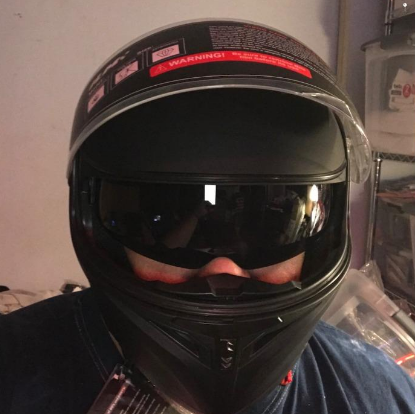
This is David Bennett. I am a skateboarder with over ten years of experience. I am also passionate about snowboarding and riding scooters. I love to share my knowledge and experience with others who are interested in these activities. I am an excellent teacher and motivator, and take great pride in helping others learn and improve their skills.
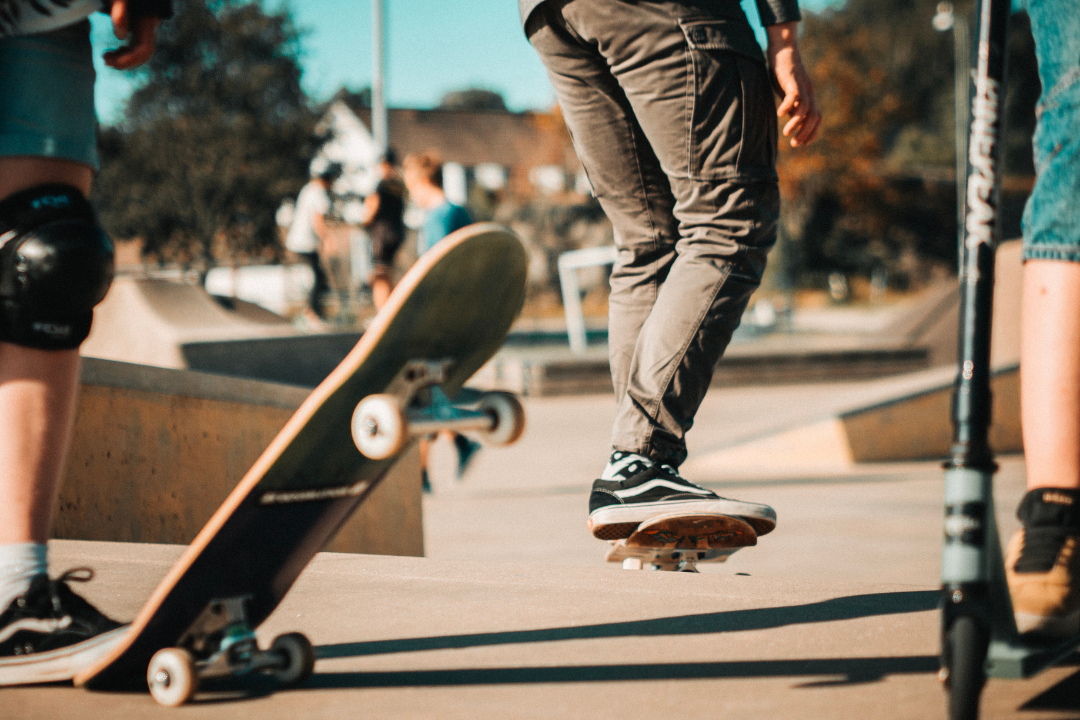
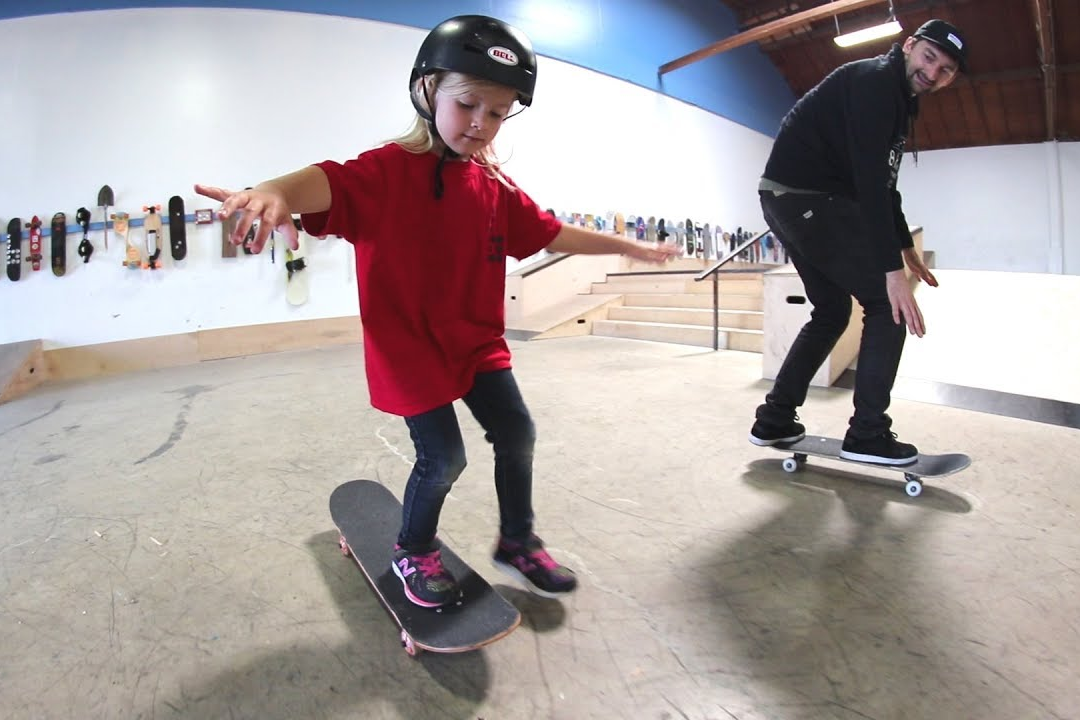
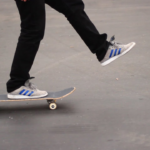


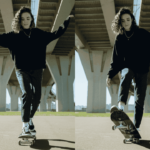
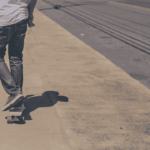

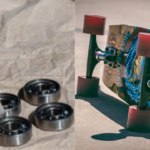

9 thoughts on “Do You Ride a Skateboard? Everything You Need to Know”